Hikers come to the Dolomites for their raw beauty: jagged limestone peaks glowing pink at sunset, alpine meadows stitched with wildflowers, quiet valleys dotted with mountain huts. It’s hard to believe that these serene landscapes once formed one of the most surreal and hostile battlefields of the First World War. Yet between 1915 and 1917, the Dolomites were not just a natural wonder—they were a war zone.
When Italy entered the war on the side of the Allies and declared war on Austria-Hungary in May 1915, the front line cut directly through the Alps. The Dolomites became the stage for what was called the “White War”: soldiers fighting on icy ridges, in vertical cliffs, and on glaciers, at altitudes where the weather often proved deadlier than enemy fire.



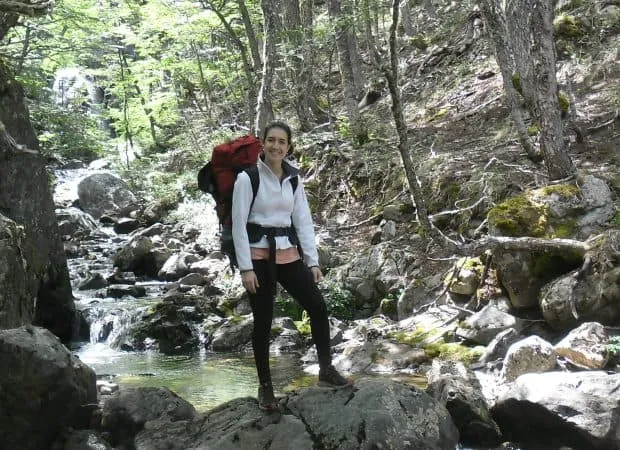
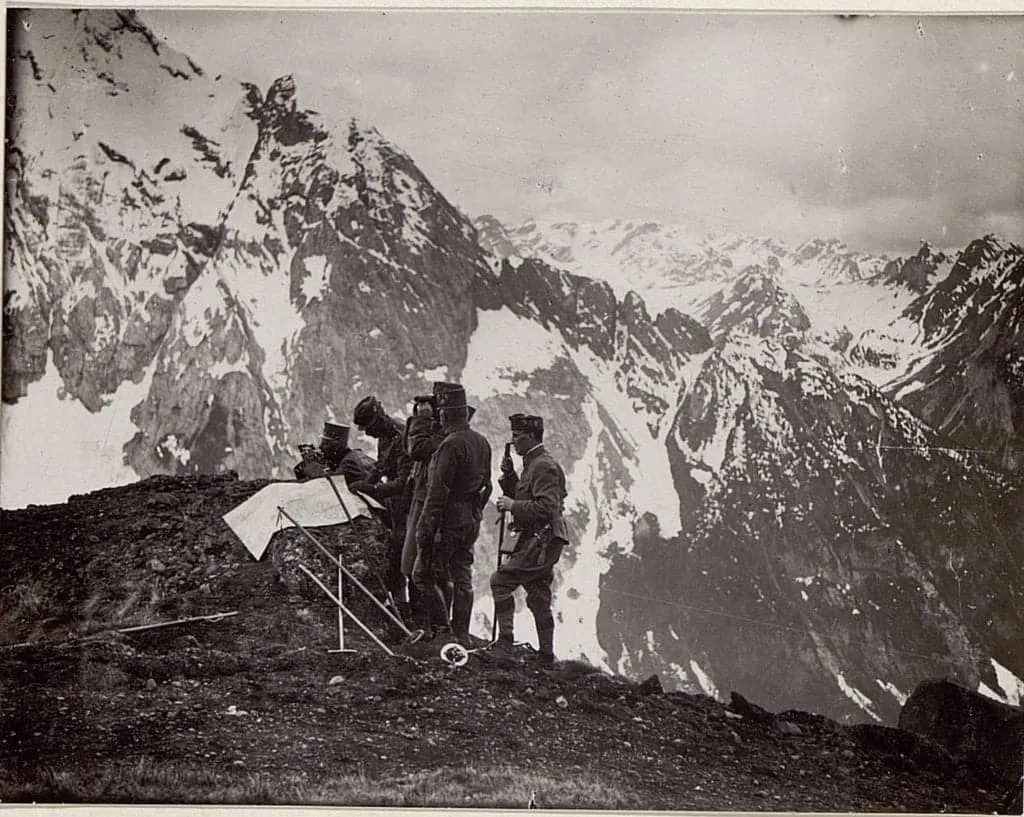
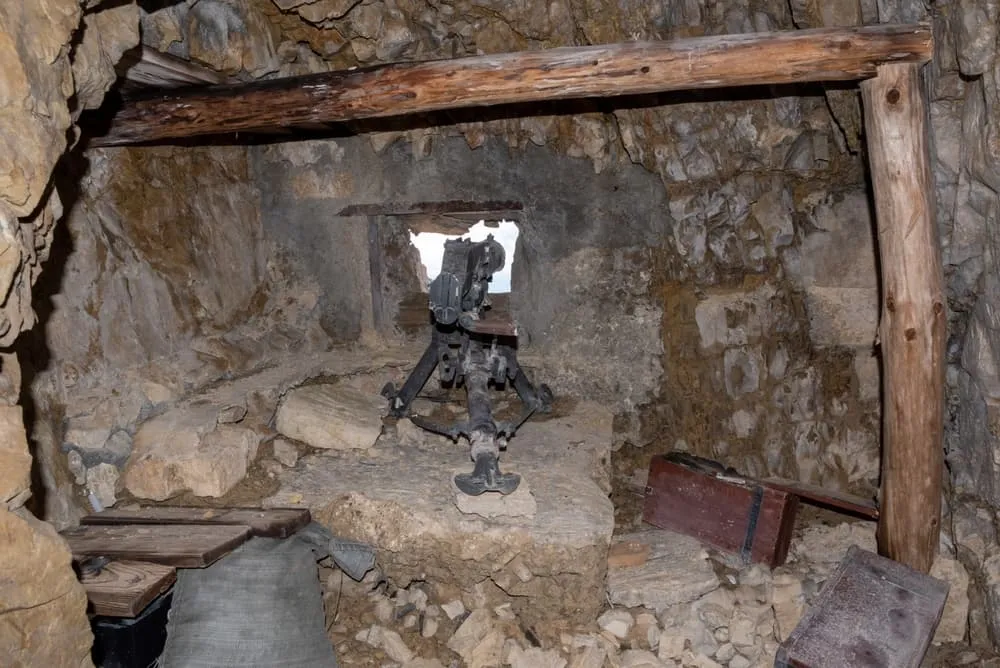
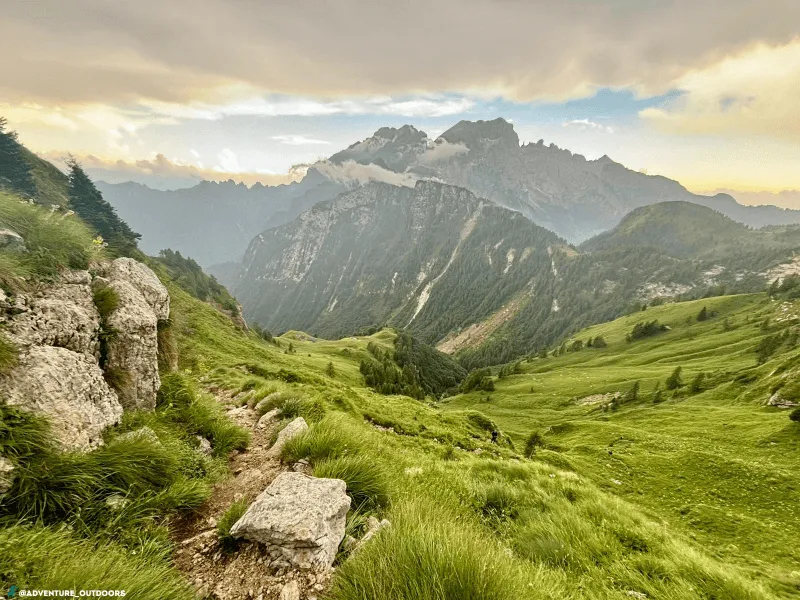
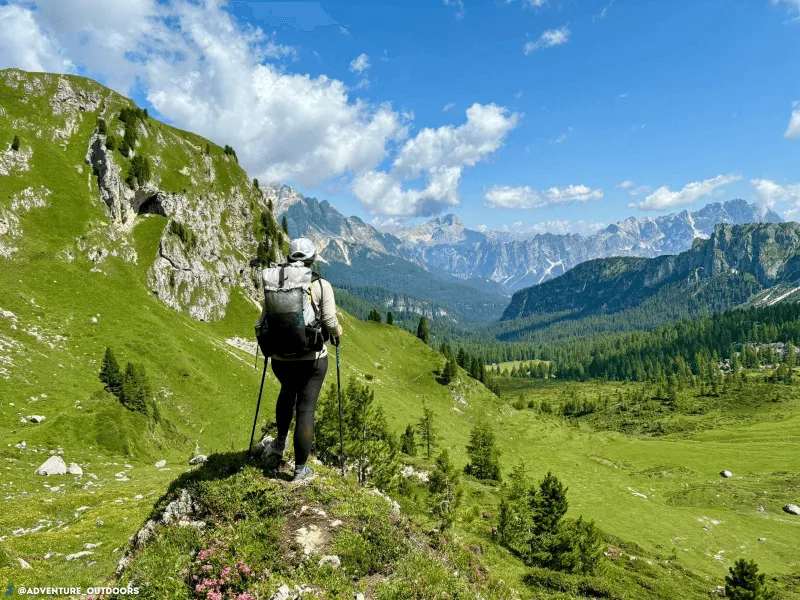
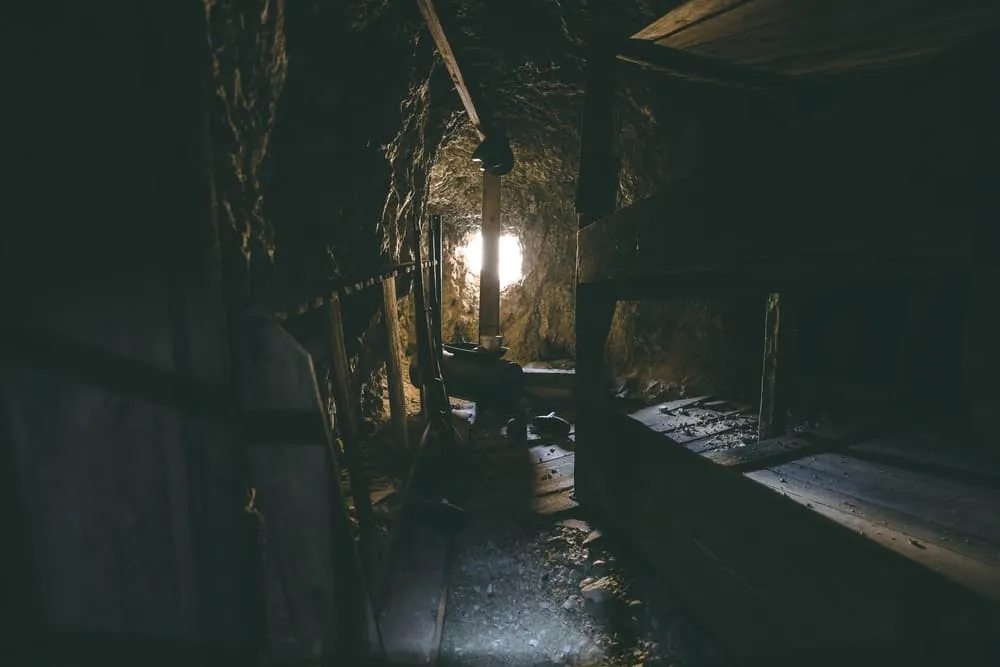
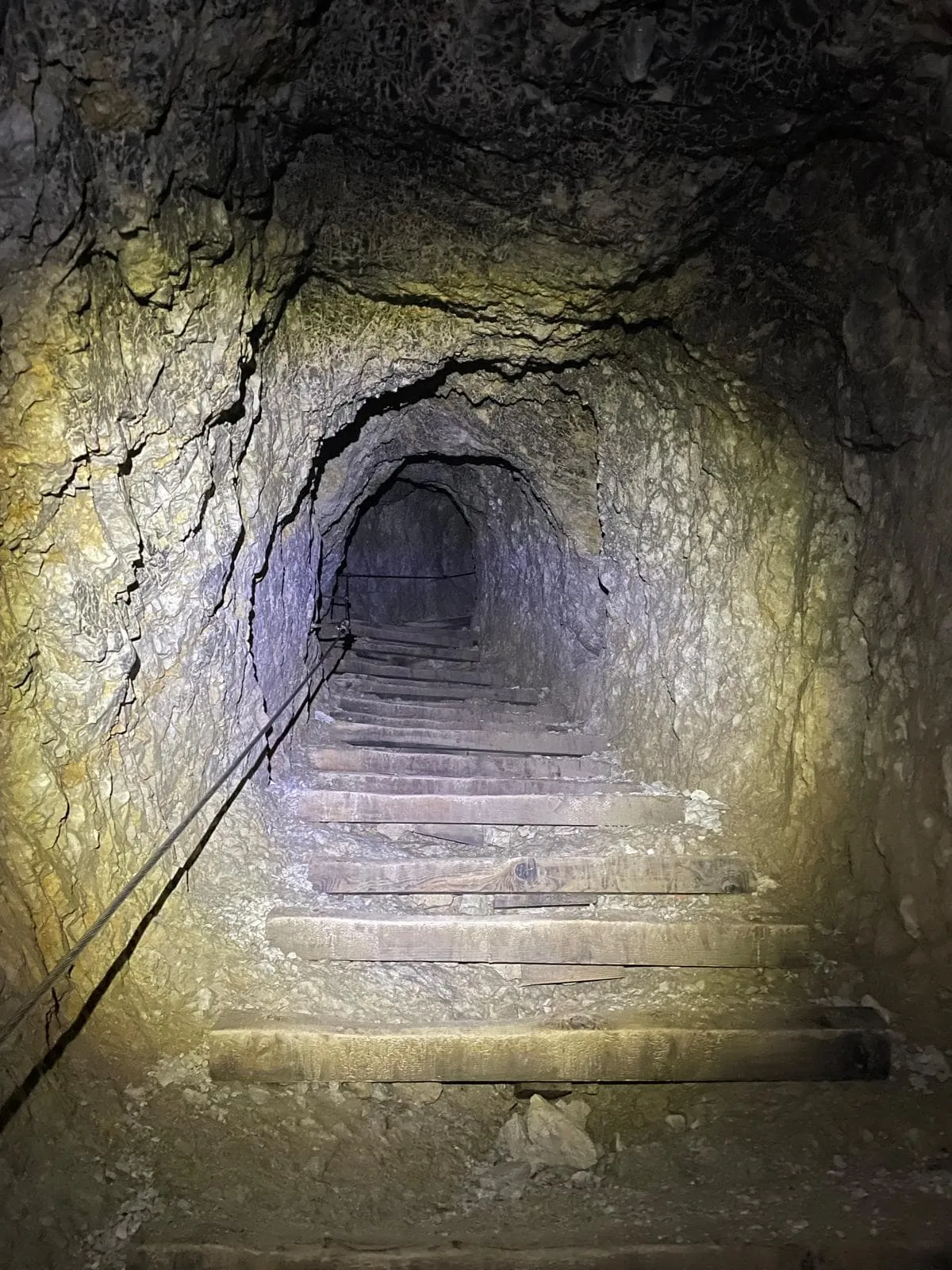
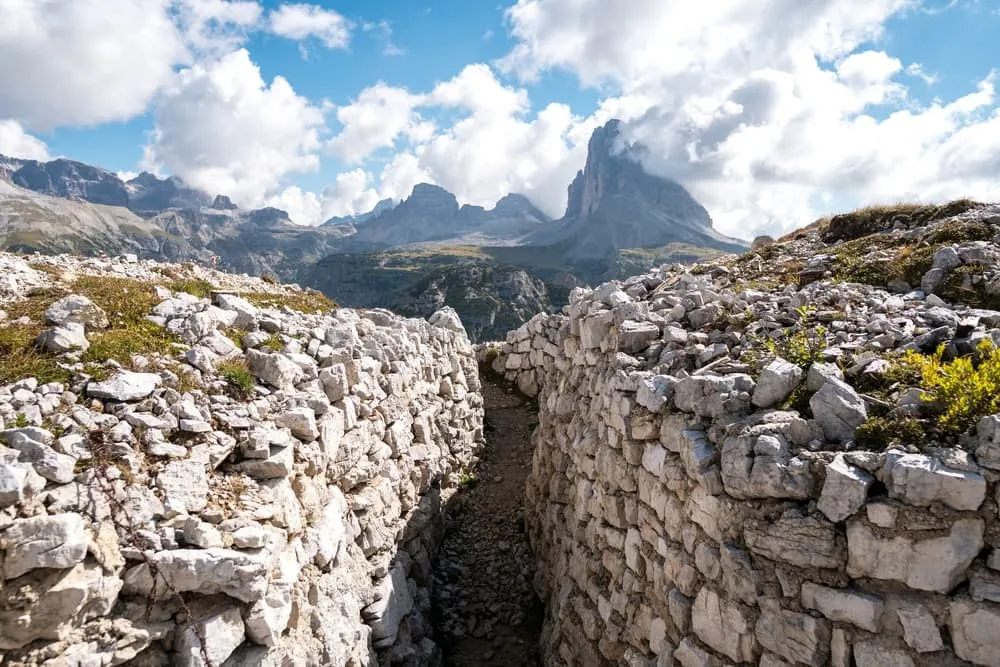
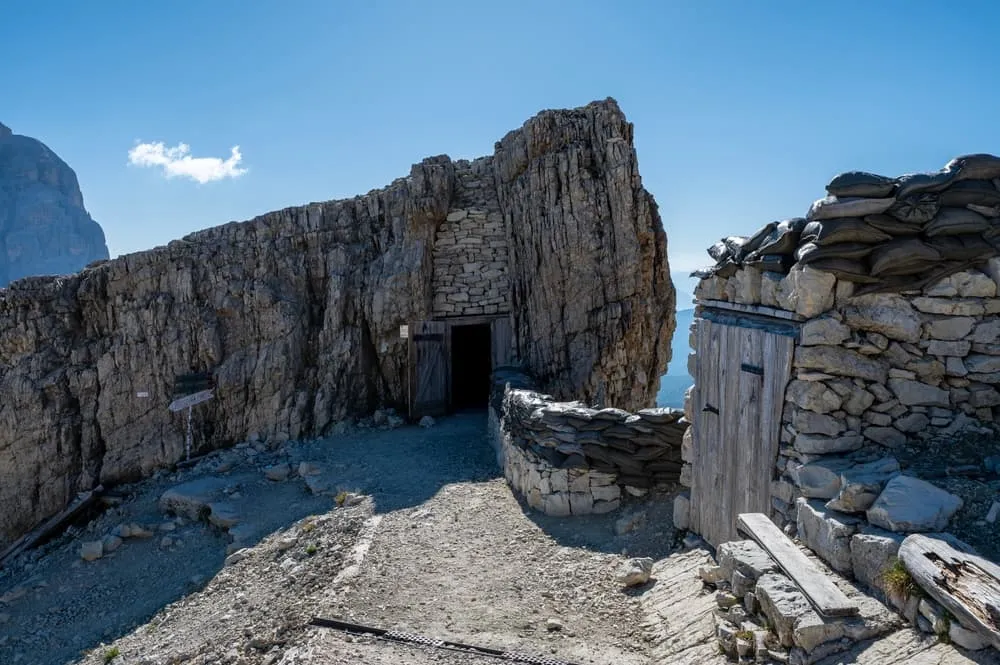
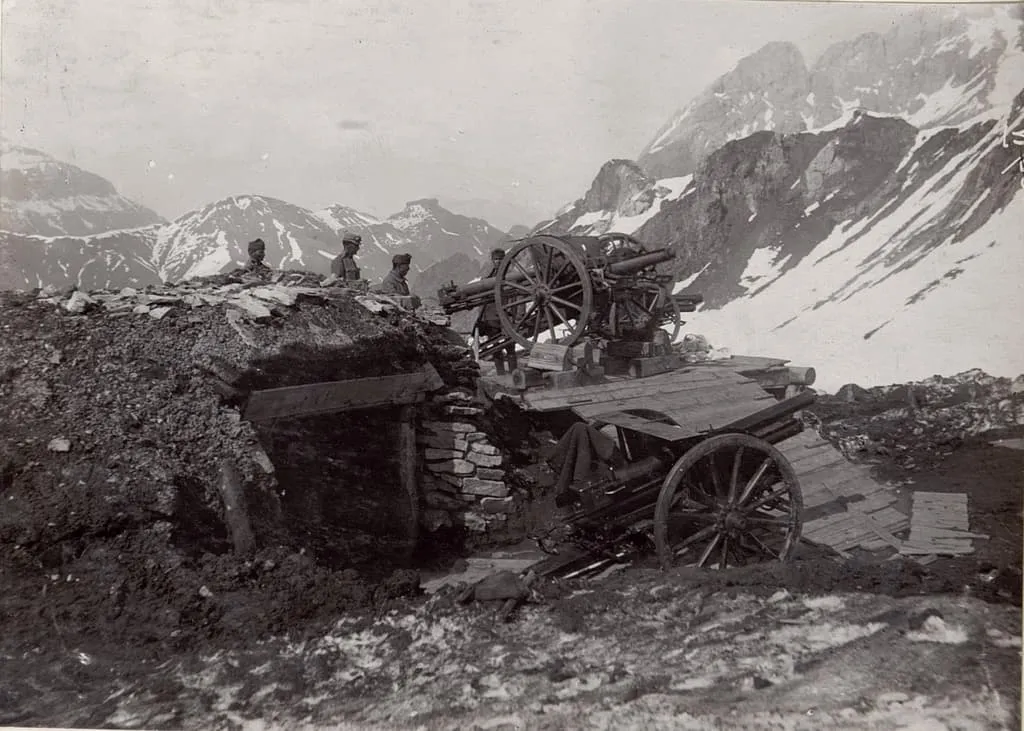
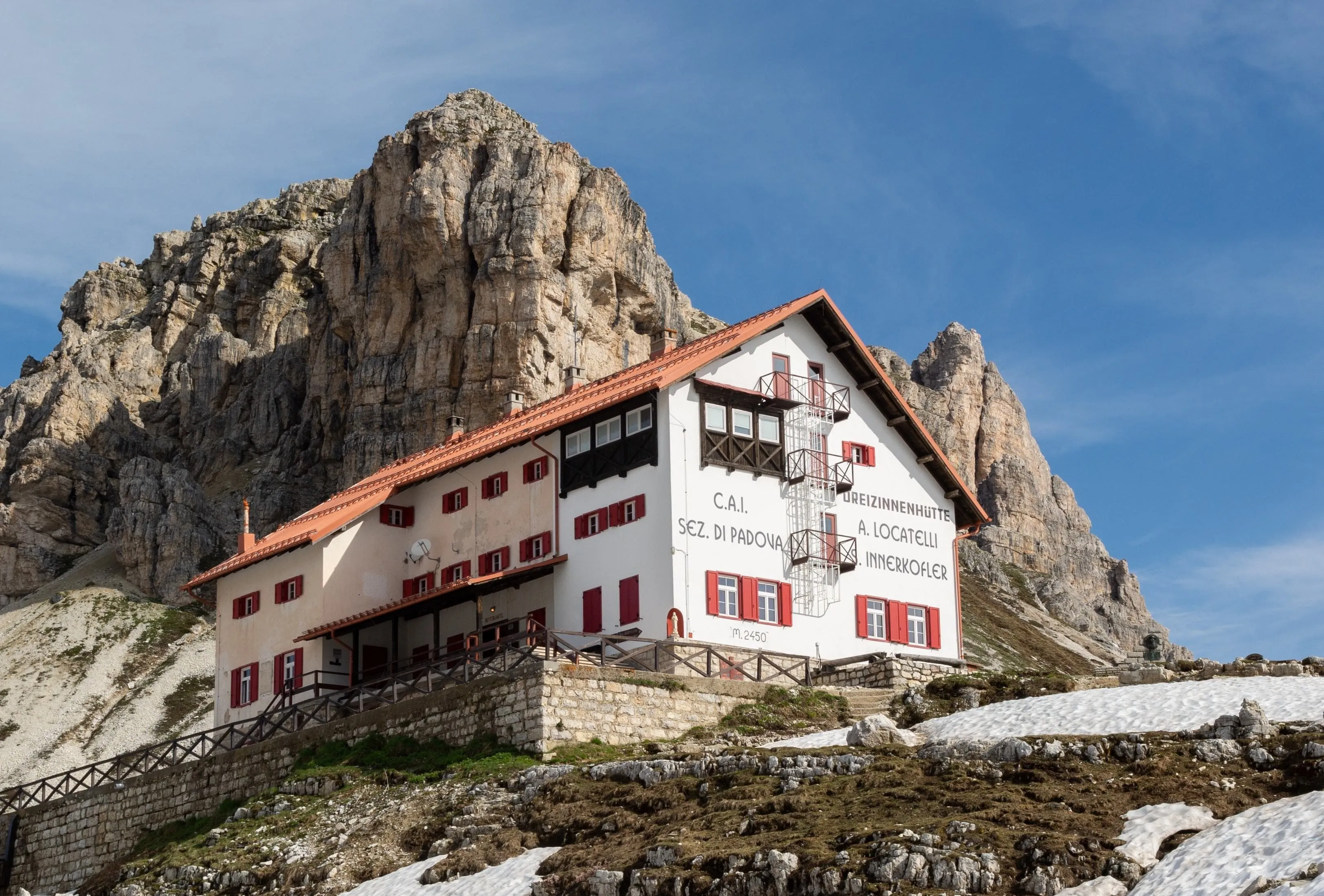
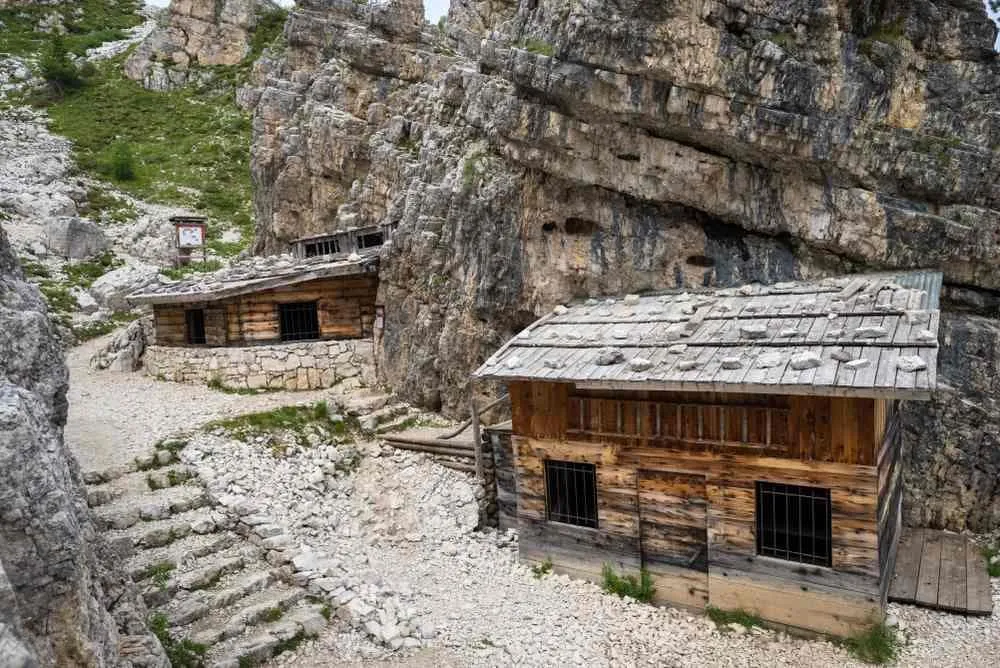

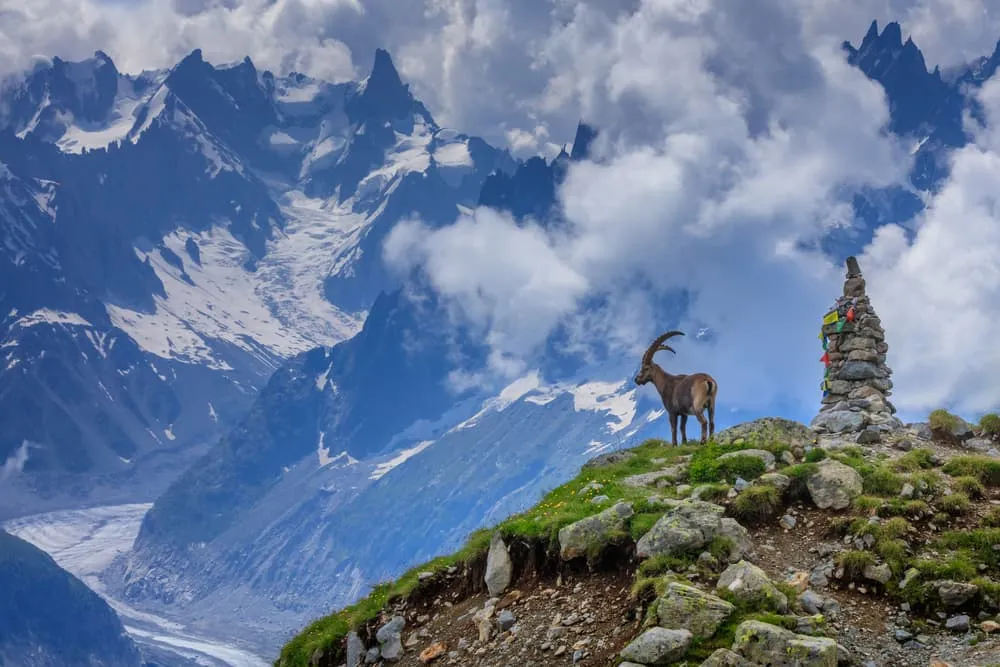
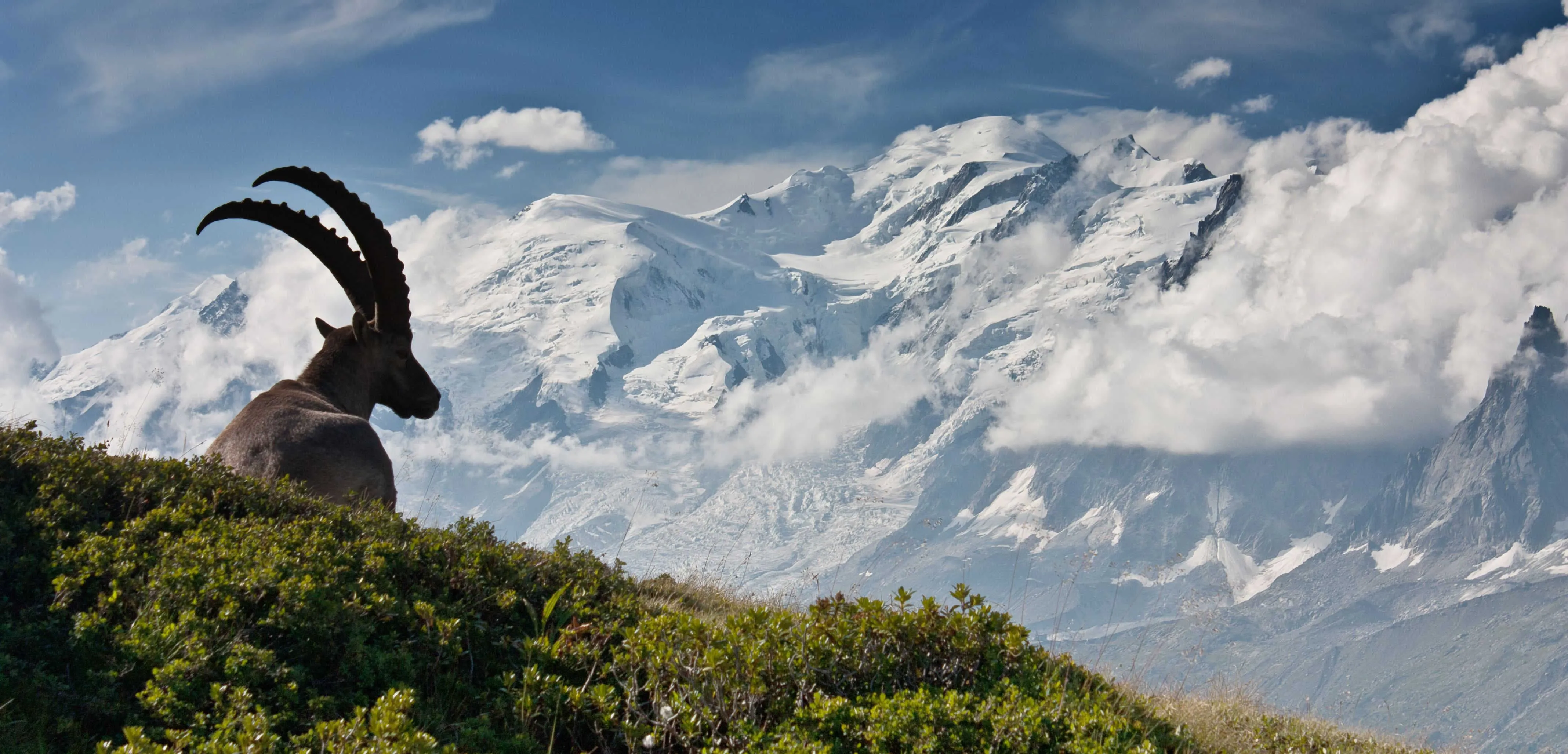
Comments